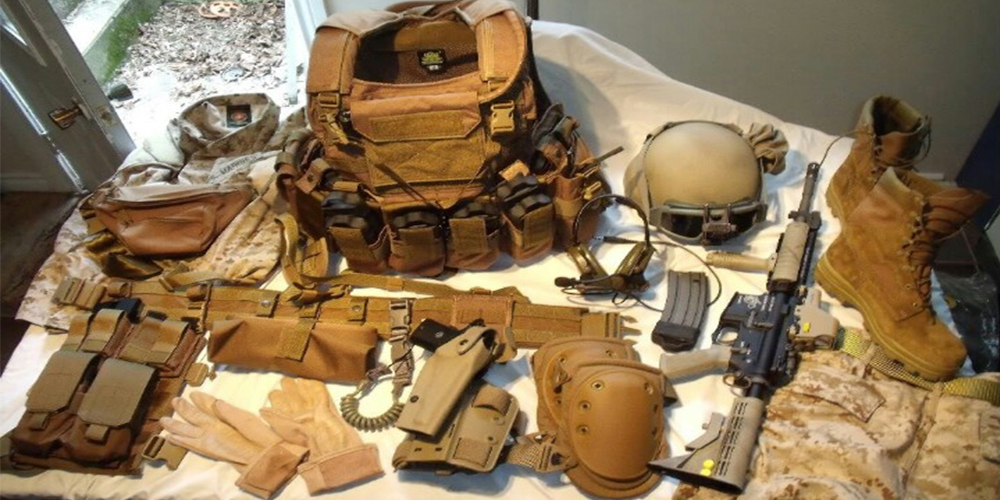In a world where response times and efficiency can mean the difference between life and death, having the right tactical gear is paramount. Whether you’re in law enforcement, a military operative, or a survival enthusiast, the equipment at your disposal must be reliable, durable, and suited to your unique requirements. This gear often includes clothing, tools, and other accessories designed to help the user adapt to various demanding situations. Below, we’ll dive into the foundational knowledge and considerations needed to select the most appropriate gear for any mission. Keep reading to become an informed buyer and a more equipped individual.
Understanding the Basics of Tactical Gear and Its Importance
At its core, tactical gear encompasses a wide range of products specifically designed to cater to the demanding needs of combat, survival, and strenuous field operations. These items are built to withstand extreme conditions and provide functional benefits, such as carrying extra ammunition, ensuring communication, or protecting the wearer from environmental hazards. Additionally, tactical gear has evolved to offer improved ergonomics and efficiency, facilitating quicker movements and easier access to tools and equipment when seconds count.
The use of tactical gear extends beyond just utility; it often integrates advanced technologies. Modern materials, such as rip-stop fabrics and lightweight, impact-resistant armor, contribute to enhancing a user’s performance while boosting protection. Moreover, the incorporation of modular systems allows for customization and flexibility, giving individuals the ability to configure their gear to match specific role requirements and personal preferences.
It’s worth noting that tactical gear isn’t exclusive to professionals; civilians may also seek security supplies for personal protection or for use in outdoor activities like hunting and hiking. Regardless of the intended use, the foundational principles of material quality, design functionality, and adaptability remain central to selecting the right gear.
The Role of Personal Needs and Specific Missions in Gear Selection
Prioritizing personal needs and mission specifics are essential when it comes to choosing tactical gear. The physical fitness, size, and ergonomic requirements of the individual can drastically influence what gear will provide the best fit and function. For example, a user with a smaller frame may require gear with more adjustable points to ensure a secure yet comfortable fit that won’t impede mobility.
Furthermore, the mission’s objectives are pivotal in selecting the right gear. Stealth operations may necessitate noise discipline and low-profile carriers, while extended recon missions might call for hydration systems and ample storage for sustenance. In contrast, urban environments might require gear that is more discreet and compliant with legal regulations for civilian use.
Comparing Brands, Quality, and Reviews for Tactical Gear Purchases
Brand reputation and product quality are significant indicators of a piece of gear’s performance and reliability. Well-established brands have typically undergone rigorous field testing and have proven track records for durability and functionality. However, emerging brands should not be discounted as they may offer innovative solutions or superior value. An informed buyer will also consider where the gear is manufactured and the standards to which it is held, as these can impact quality.
Price is often correlated with quality in the world of tactical gear, but it’s essential to assess whether the cost is justified by the gear’s features and construction. High price tags do not always guarantee superior performance, while budget-friendly options might meet or even exceed the requirements for certain users or use cases.
Maintaining and Upgrading Your Tactical Gear for Peak Performance
Maintenance of tactical gear is as important as the initial purchase. Regular cleaning, storage, and inspection of your equipment can significantly prolong its lifespan and ensure it is ready for use when needed. Familiarize yourself with the manufacturer’s recommendations for care and follow them diligently to maintain performance and reliability.
Upgrades can be an effective way to extend the functionality of your gear without the need for complete replacement. Adding components such as additional pouches, upgraded straps, or updated protective inserts can enhance both utility and comfort. Upgrading should be done with consideration for the gear’s balance and ergonomics to avoid creating new issues while solving others.
Overall, whether you’re a seasoned professional or new to the world of tactical gear, understanding your unique requirements and exploring the array of options available is key to making an informed decision. The right gear should offer a balance between functionality, comfort, and durability, while also being adaptable to your evolving mission needs. Altogether, selecting and maintaining the right tactical gear is not only an investment in your operations but in your safety and effectiveness as well.


